In this short article we recommend an itinerary that you can complete in one day and which takes place within the province of Frosinone, in Lazio. These are places that you can visit throughout the year and that in different periods can give you different colors and travel experiences. You will know a surreal cave, a refreshing waterfall and a world famous Certosa from the 1200s.
Here are the places we recommend you visit during this trip.
Caves of Pastena, the magical millennial result of the waters

The extraordinary Caves of Pastena must certainly be counted among the most fascinating spectacles of nature in Ciociaria and in Italy. They are the magical result of a slow and incessant work that nature, or rather, the waters have been able to perform on the rocks; a show not to be missed!
Within the Monti Ausoni and Lago di Fondi Regional Natural Park, the Pastena Caves are technically defined as “crossing caves”, completely accessible (the branch is only active by speleologists) from the sinkhole to the resurgence.
The sinkhole (the current entrance cave) into which the waters of the Mastro ditch are thrown, has always been known by the local population: 20 m high and 12 m wide, there are numerous testimonies of its use, since prehistoric times. (Discover more)
Capo Rio waterfall
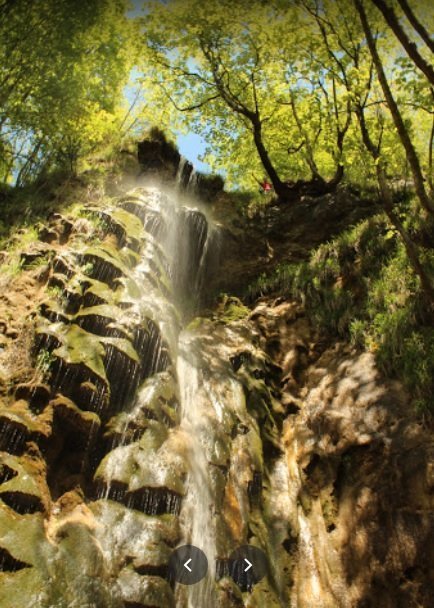
Short and pleasant walk that can also be covered entirely by mountain bike. The departure is from the Santissima Trinità locality (726 m. A.s.l.), located a few tens of meters before the Collepardo campsite, easily identifiable for a now deconsecrated church. (Discover more)
Photo by Daniele Colasanti da GoogleMap
Certosa di Trisulti with the eighteenth-century Pharmacy and the National Library
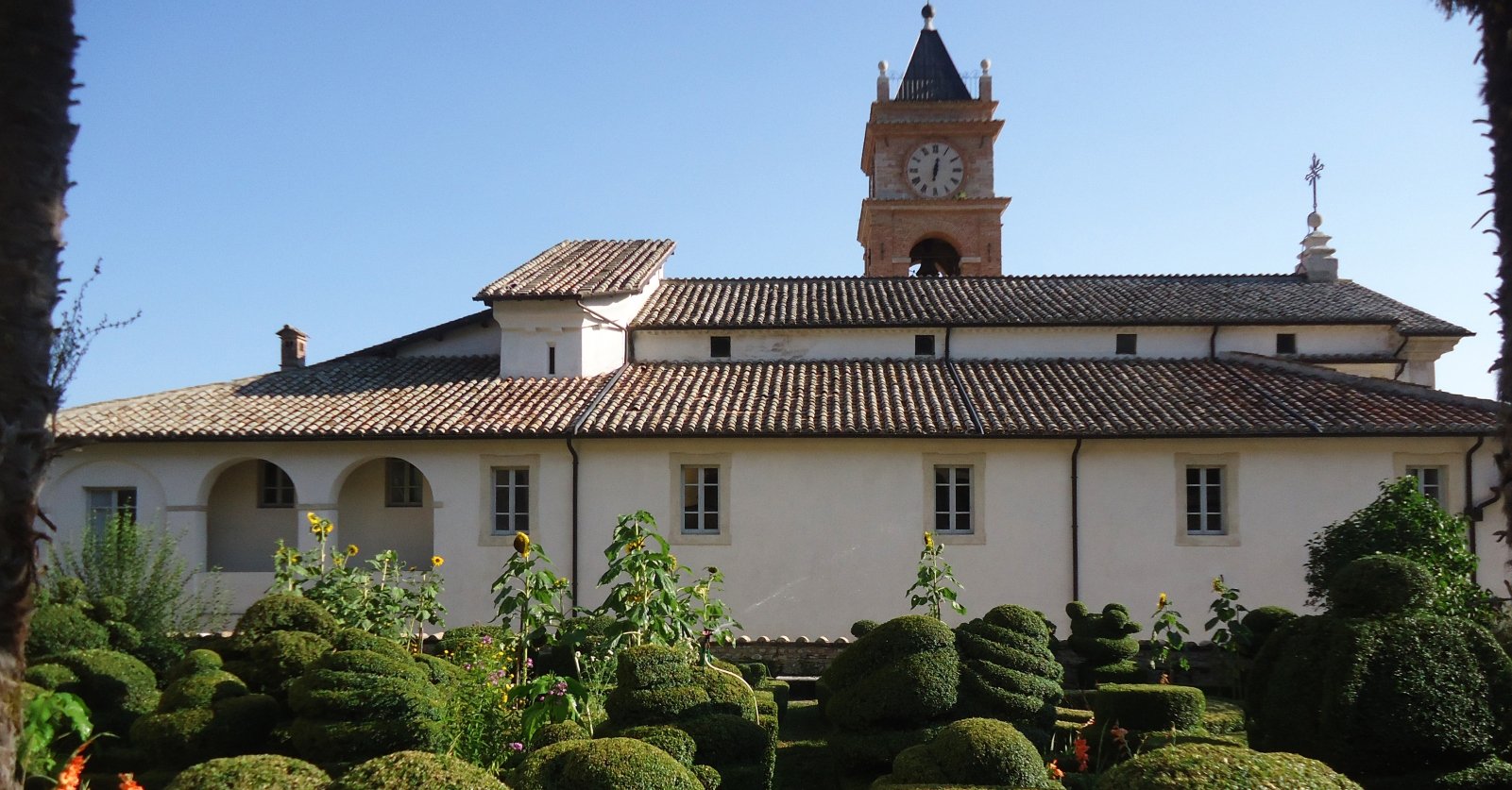
The Certosa di Trisulti dates back to the early 1200s, when Pope Innocent III assigned to the Carthusians the primitive Benedictine abbey founded by San Domenico di Sora shortly before the year 1000, not far from the current complex.
Among the buildings, the eighteenth-century Pharmacy stands out which testifies to the main activity of the Certosa until modern times, relating to the production of medicines and liqueurs. In front of the entrance is the Italian garden, decorated with animal shapes, where medicinal herbs used for the pharmaceutical activity of the monks are preserved, now restored to its original appearance. (Discover more)
Join Travelling in Italy (official group) to see more photos, to send yours and to know other stories.


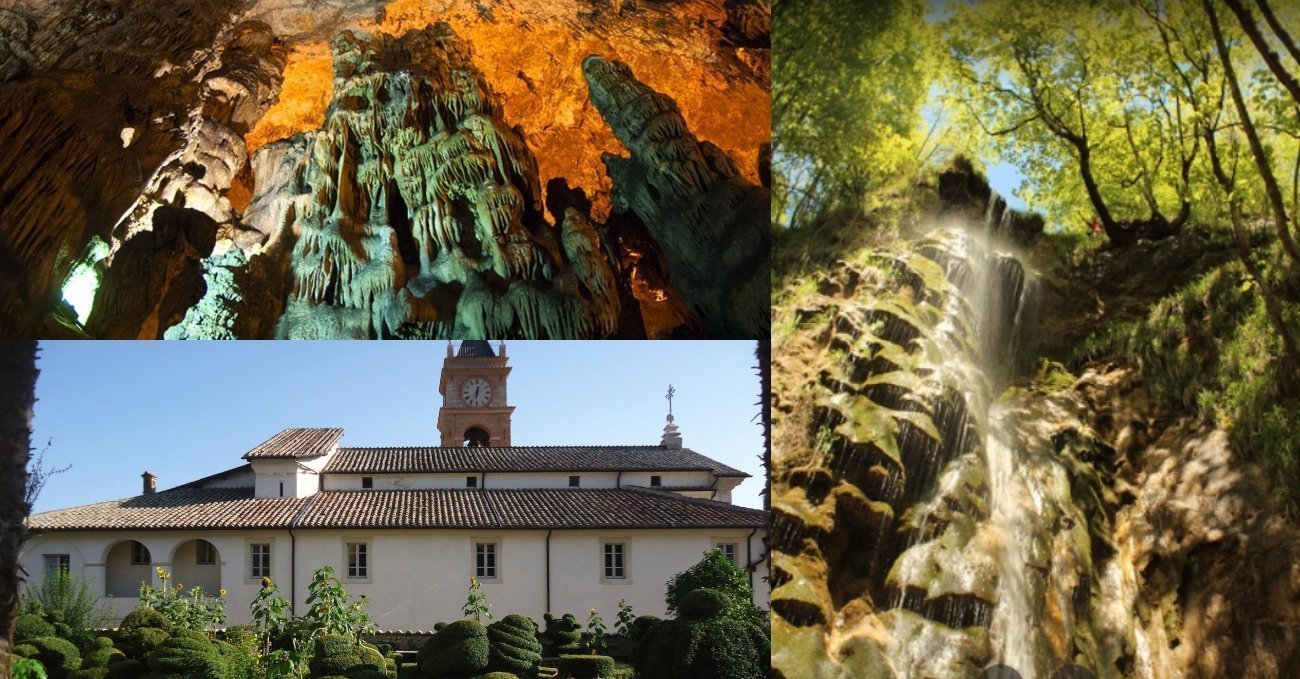
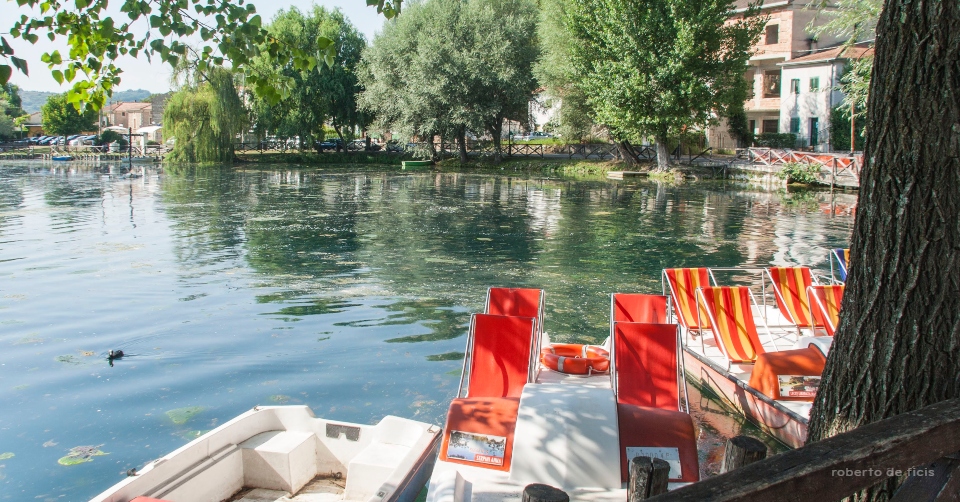
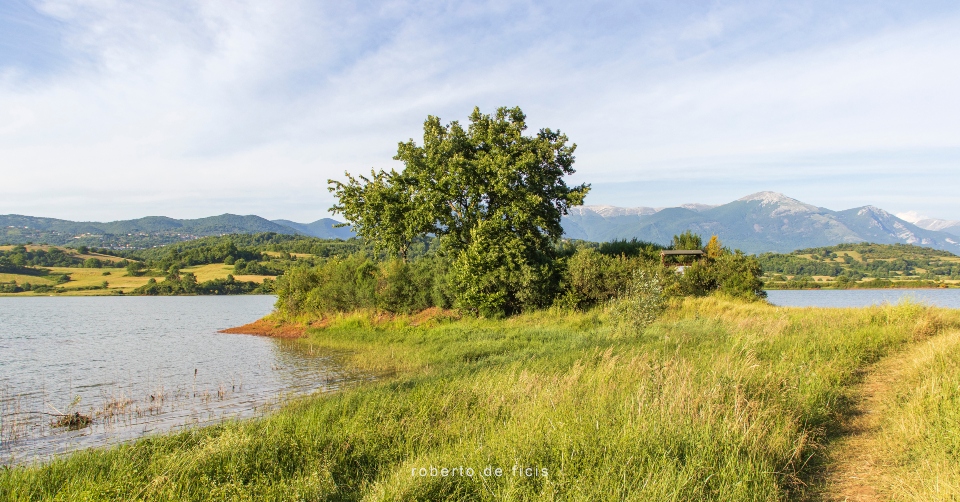

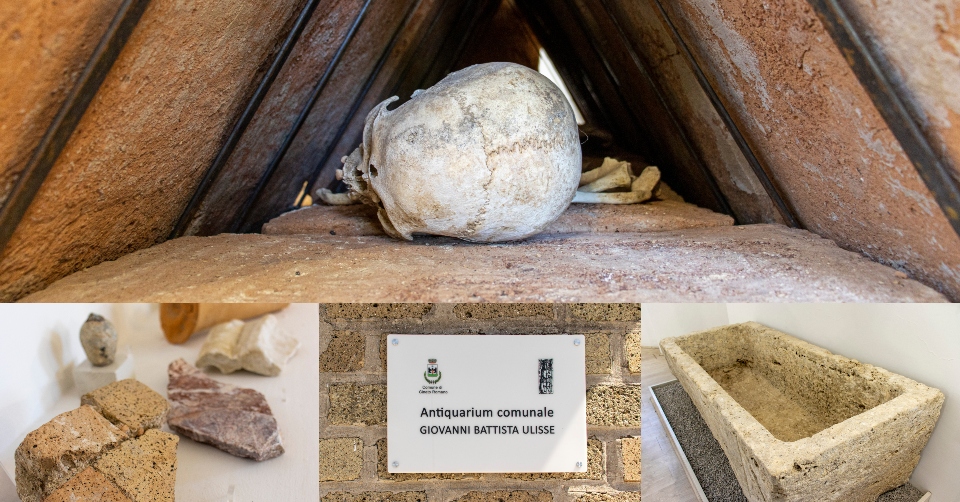
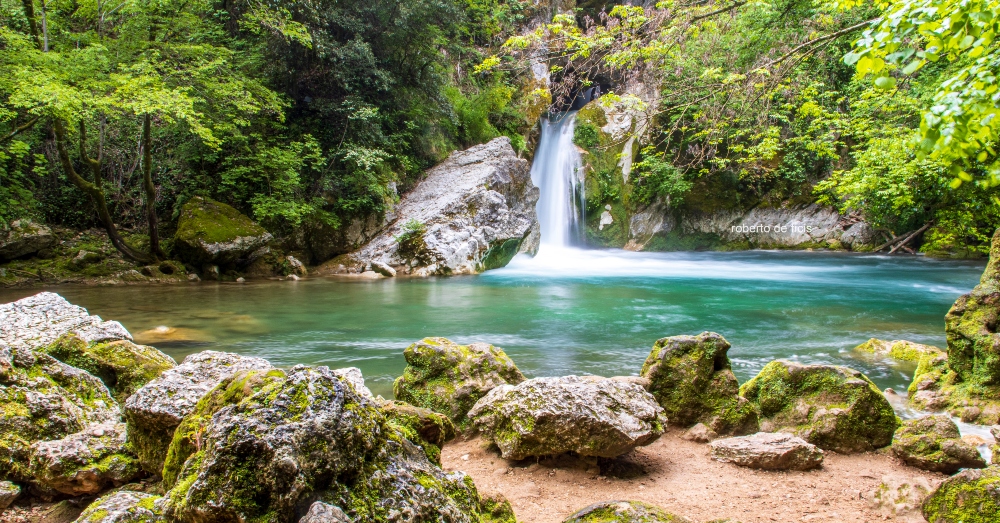
Discussion about this post